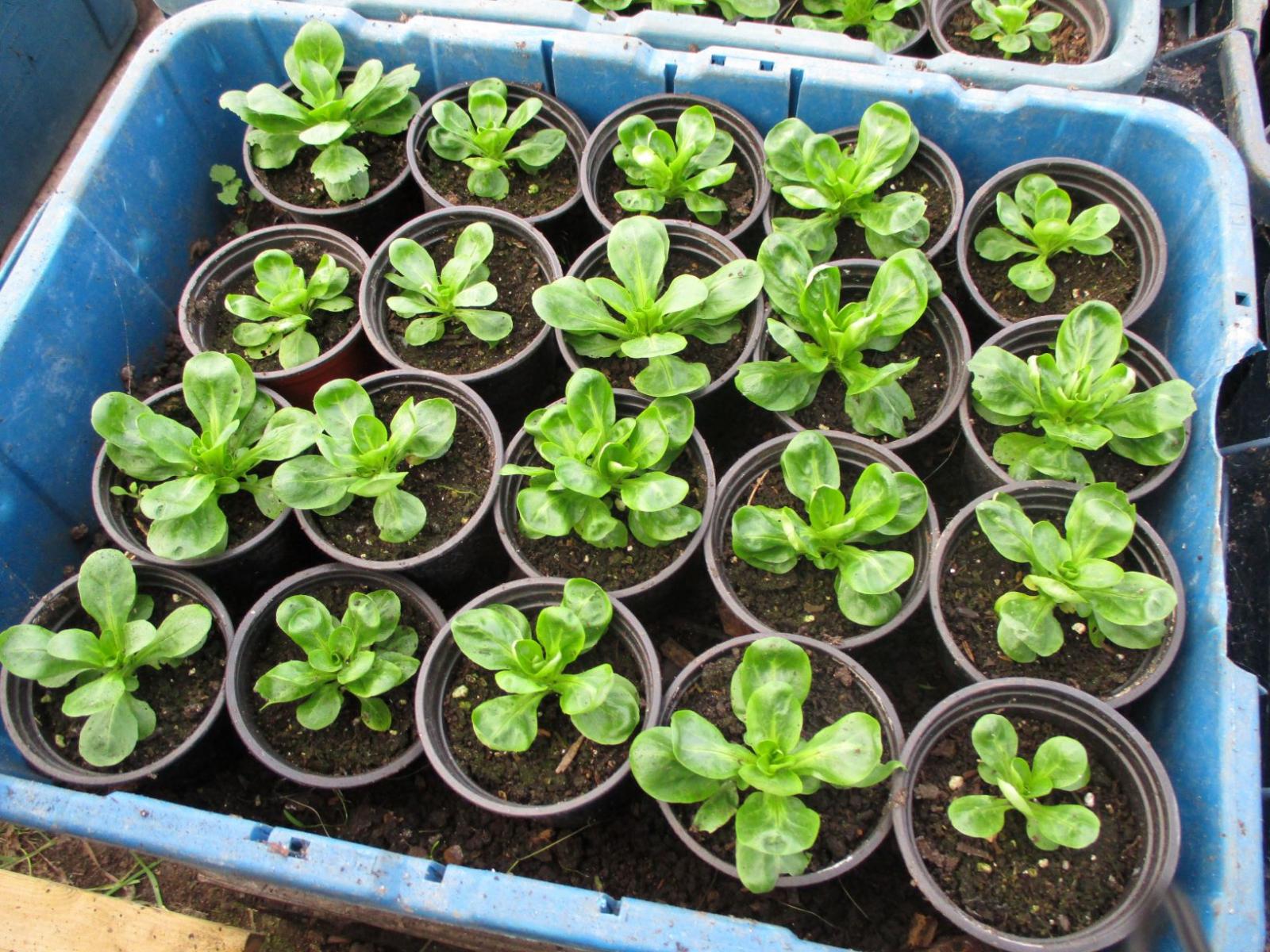
Growers Corner: December's Jobs
A chance to escape the stuffy indoors and do some work you’ll thank yourself for come spring. Capital Growth’s Carolyn Wilson talks us through some of the winter’s gardening tasks.
Leaf-mould
- If you have access to a lawnmower, pile up the leaves and run the mower over the pile – this chops the leaves up into small pieces, so gives the microbes more surface area to break down.
- Add more nitrogen-rich ingredients to 'activate' the composting process – things like grass clippings and chopped nettles can be mixed with the leaves – and/or use human pee to moisten the pile.
Compost
Growing
- in the form of 'mulch' around and between the plants (with last year's leaf-mould, or even using leaves that fell this autumn if you don't have anything else)
- by covering the plants with a piece of clear plastic, gardening fleece or even plastic netting
See more from Capital Growth here.
London Food Link: London Food Link brings together community food enterprises and projects that are working to make good food accessible to everyone in London to help create a healthy, sustainable and ethical food system for all.
Sustain
The Green House
244-254 Cambridge Heath Road
London E2 9DA
020 3559 6777
sustain@sustainweb.org
Sustain advocates food and agriculture policies and practices that enhance the health and welfare of people and animals, improve the working and living environment, promote equity and enrich society and culture.
© Sustain 2025
Registered charity (no. 1018643)
Data privacy & cookies
Icons by Icons8